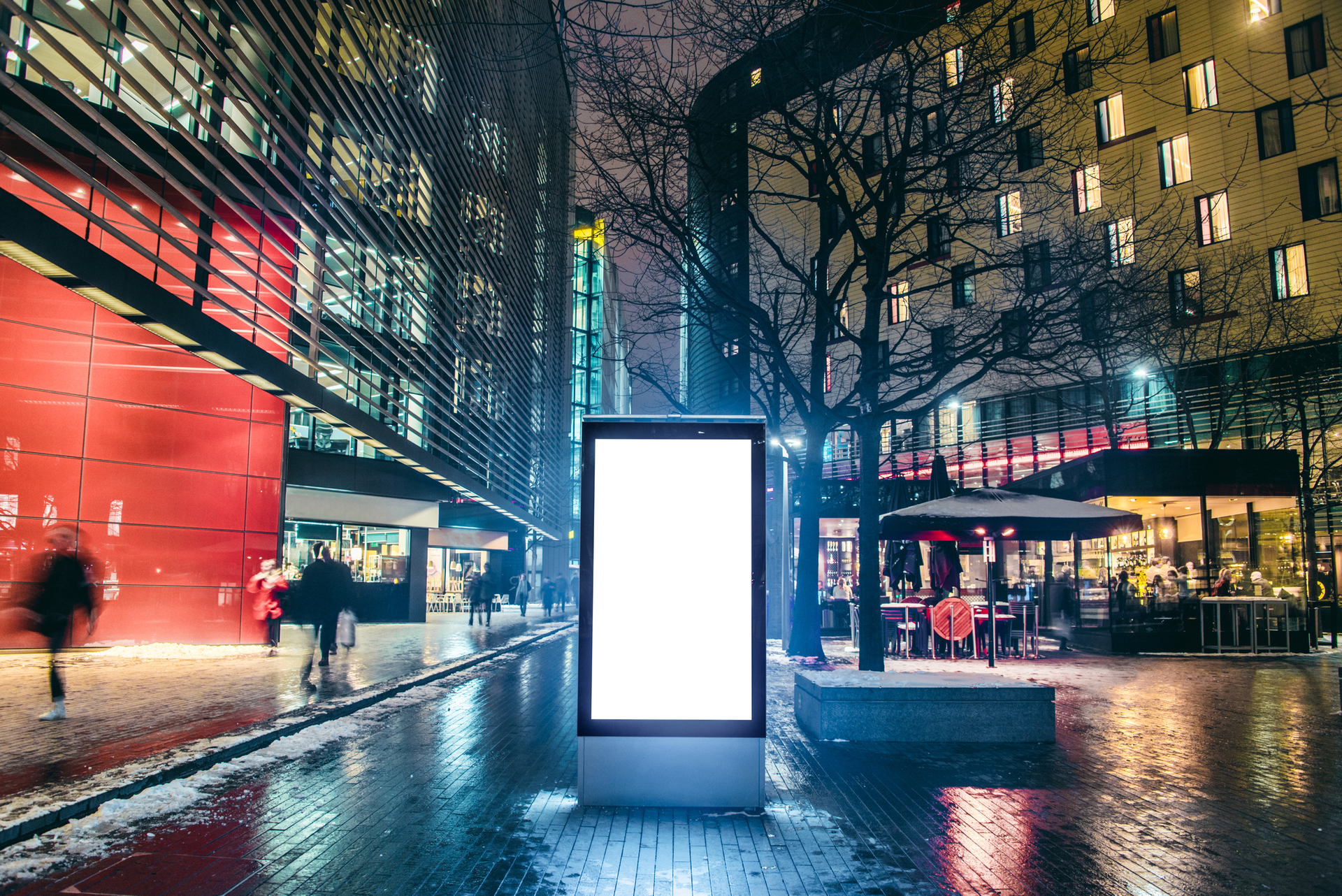Online advertising is continuing to grow, but the rate of that growth is actually slowing down, according to some analysis and forecasts. A headline in The Guardian declared that this is the slowest rate since the 2001 dot com bust. Some industry observers have suggested that this is due to all the data scandals and ethical debates regarding data collection and usage. These issues are relevant and impactful. But perhaps that is actually a red herring for people trying to detect the cause of this slowdown. Other methods of advertising, including outdoor, are attracting more business, despite some of the limitations on measurability. It’s possible that capital is being redirected in the pursuit of better conversion rates; it might have nothing to do with ethics or controversies.
Alex Zaccaria, co-founder of Linktree, noted that there’s now an abundance of places and platforms attracting time and attention, so marketers need to zero in on the particulars of their products and funnels. “It’s up to the individual businesses to understand where their audiences are and decide where to invest to reach them,” he told DMN.
Linktree’s tool helps content creators to simplify and optimize their digital presence in order to better engage with audiences. After the content creator establishes a central point of access for all of their output, accounts, and profiles, they can use the data to better understand their primary audiences and adapt accordingly. “The fragmented and crowded internet has audiences spread across so many platforms,” Zaccaria said.
According to Brian Walker, “The solution isn’t necessarily to eliminate spend or stop using a specific platform. It’s to invest in and use better data attribution to determine the most efficient digital experience to get users from the first touchpoint to final conversion.”
Walker is President of Statwax, a digital agency that helps higher education organizations to reach potential students. Many members of that target market spend a large amount of time on social media. But the social media landscape is changing and all kinds of marketers will need to stay nimble. Recently, some Instagram influencers have complained that algorithmic tweaks on the platform were making it harder for them to thrive.
Alex Zaccaria opined, “I believe Instagram will continue to be an important platform for influencer marketing, but brands, influencers, businesses, anyone doing business on the Internet, are seeing success on other platforms as well. For example, Millennials and Gen Z are also on Snapchat, the beauty and makeup community are also on YouTube, and gamers are on Twitch – it ultimately comes down to the influencer’s individual brand and where they see their followers.”
Across all platforms, it’s increasingly hard to gain notice. It’s an issue of discoverability, not just quality.
“People spend an average of 1.7 seconds on any given piece of mobile content,” said Zaccaria. “There is so much content and ‘noise,’ and people aren’t going to dig around for the content, information, or products they’re looking for. If they don’t find it almost instantaneously, they’ll look elsewhere. It’s up to the influencers and brands to create a seamless digital experience to keep their followers engaged and drive them to wherever they want to direct them.”
But even as businesses start to carve out the digital pathways that work for their products, the many risks of online advertising remain.
Brian Walker explained, “No one wants to be the next brand accidentally associated with a scandalous website ad targeting method. And the growth of ad fraud has everyone thinking twice about where they put marketing dollars.”
A lot of investment dollars can get lost in high-spend, programmatic, performance-based campaigns. But Walker added, “At the same time, advances in tracking and attribution are helping the best advertisers feel better about diversifying their marketing spend. Cross-device tracking, offline conversion tracking, and multi-step attribution are helping show the true value of things like high-cost programmatic campaigns. And many brands are finding less value there than originally thought. The same tracking can now show that a non-digital media mix actually has long-term value, making it easier for advertisers to smartly move dollars away from digital and maintain the right mix on other channels.”








